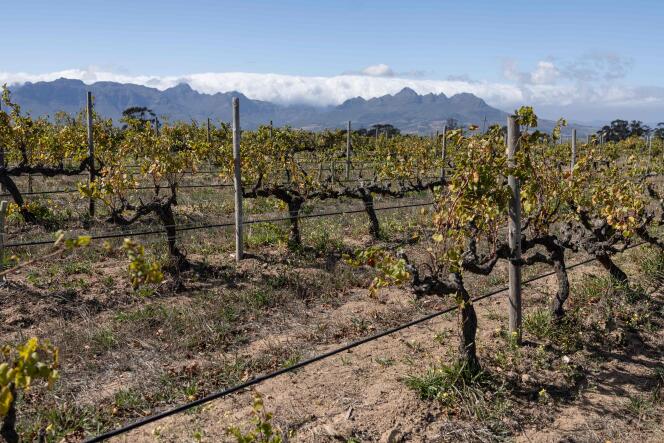


Global wine volumes evaporated again in 2023. Global consumption fell by 2.6% year-on-year to 221 million hectoliters, according to data published on Thursday, April 25, by the International Organization of Vine and Wine (OIV). The last time levels were this low was in 1996.
The OIV estimates that the decline really began in 2018, prior to the Covid-19 pandemic, which triggered profound changes in consumer habits due to the repeated closure of bars and restaurants. This was before the outbreak of the war in Ukraine in February 2022, which amplified the phenomenon of inflation and supply chain tensions.
The epicenter of the phenomenon can be found in China, where consumption has fallen by 2 million hectoliters a year since 2018. The deceleration was even more brutal in 2023, as volumes plunged by 24.9%, to 6.8 million hectoliters. China is now in ninth place in the ranking of the most wine-hungry states. Six years ago, it ranked fifth.
However, similar trends are evident in other countries as well, where people are choosing moderation and making trade-offs due to rising prices. Even the US, the world's leading consumer, has not been spared, with a decline of 3% to 33.3 million hectoliters. France, ranking second, also saw a decline of 2.4%, dropping to 24.4 million hectoliters. Italy also had a drop of 2.5% to 21.8 million hectoliters.
And yet, some are sailing against the tide. Spain, Russia, Romania, Japan and Brazil are all examples, where glasses of wine were more plentiful in 2023. It was a craze that failed to counterbalance the general downturn.
On the production side, too, the lights are red. Unfavorable weather conditions affected many vineyards. As a result, the harvest was meager, even historically low. The OIV estimated it at 237 million hectoliters, down 10% from 2022, marking the lowest level since 1961. Beyond the occasional adverse climate events, the slow shrinkage of the world's vineyards, which decreased 0.5% in 2023, is contributing to the lower volume of grapes harvested.
Europe, the sector's main driver, which accounts for 60% of global wine volumes, clearly illustrates this deteriorating situation. The collection is the second worst of the century, behind the black year of 2017, with a plunge in production of 10.6% to 144.5 million hectoliters. However, the fate of the wine-growing triplet – Spain, Italy and France, who vie for the world podium every year – was not comparable. Drought and extremely high temperatures on the one hand and torrential rain on the other dashed the hopes of Spanish and Italian winegrowers. Both vineyards suffered losses of over 20%.
You have 36.52% of this article left to read. The rest is for subscribers only.
